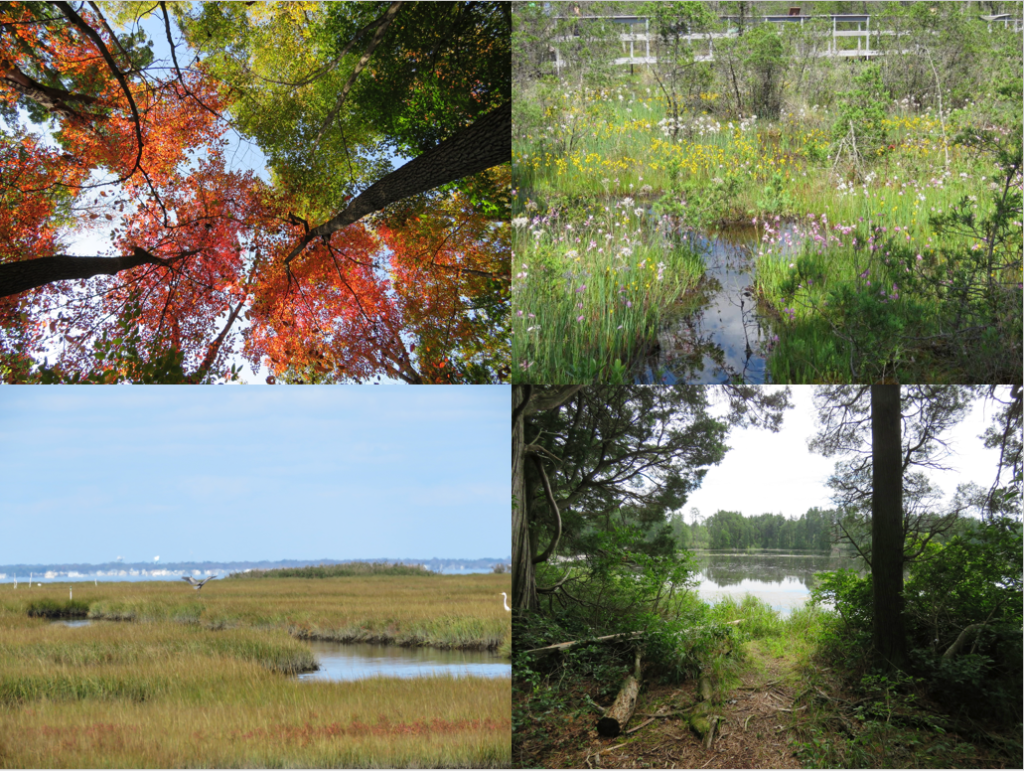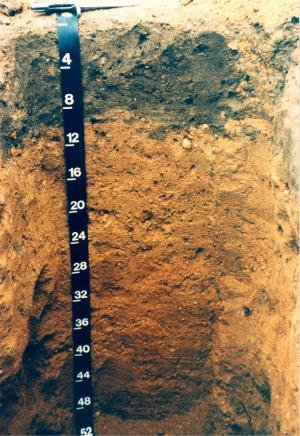There was a time when “soil” did not exist. During Earth’s infancy, hot molten rock covered the planet. As water vapor began to condense and freeze, wind, water and ice weathered the cooling rock, breaking it down into its mineral components. It wasn’t until billions of years later that evolving life forms added organic matter to the minerals, creating a substrate in which terrestrial plants and animals could “put down roots”. Today, there is a vast array of different types of soils that support a diversity of ecosystems, such as forests, meadows, marshes, bogs and numerous others.

Soil scientists, referred to as pedologists, organize different soils into taxonomic groups, much the same way that biologists and botanists classify animals and plants into kingdoms, families, species, etc., using a taxonomic system of hierarchy. There are 12 different soil orders – the highest grouping of soils, worldwide. Akin to an animal or plant species, soils are broken down into soil series – the lowest grouping. There are 195 named soil series in New Jersey.

You may be pleasantly surprised to learn that New Jersey has a state soil, just as it has a state bird (American Goldfinch), a state flower (Purple Violet) and a state tree (Red Oak). Our state soil is called Downer. Downer is in the taxonomic order Ultisol. It is found within the Coastal Plain region of south Jersey, including the Pine Barrens. In 1955, a soil scientist by the name of G. A. Quackenbush of the New Jersey Agricultural Experiment Station was the first to use the name Downer to represent some yellowish, sandy, droughty soils. However, Downer was first established as a soil series in 1960 in Gloucester County. Since that time it has been identified in 11 of 21 counties in NJ, and covers over 291,319 acres of land in our state.
Downer soil is a deep, well-drained soil developed in areas where rivers and ocean once covered the Northern Atlantic Coastal Plain. Sediments were transported by these water bodies and deposited over top of older rock formations. As the coastal deposits weathered, and plants, animals and microorganisms began to add organic matter to the top layer over thousands of years, the Downer soil was developed. Downer soil is well drained because it is formed on the higher position of the landscape, specifically, in high areas in-between river channels, on tops of low hills, and on ridges with slopes ranging from 0 to 30 percent, (but less than 5% slope is most common).
Downer soil developed under a humid climate with mild temperatures and abundant rainfall. The topsoil, or A horizon, has a loamy sand texture, meaning very sandy with a small amount of silt and clay. It has a dark grayish-brown color and could be up to 28 cm (11 inches) thick. The subsoil, or B horizon (the layer below the topsoil), can be loose loamy sand that progressively becomes more loamy as you go deeper, meaning, there are more silts and clays mixed in from the 28 cm mark down to the 76 cm (30 inches) mark in the soil. The subsoil, Horizon C, has a yellowish-brown color. The topsoil and subsoil are mixed with as much as 15% gravel. In the lower layers, the amount of gravel can be as much as 25%. Downer soils have a seasonal high water table greater than 60 inches and permeability from moderate to moderately rapid.
Vegetation cover includes hardwood or pine forests. Most of our Downer soils underlay woodlands consisting of mixed oaks including chestnut, black-jack, white, black, scarlet and post oaks, as well as hickory, and pines such as pitch pines, shortleaf pines, and Virginia pines. Blueberry and bracken fern provide the shrub layer under the trees. Leaves, twigs, roots and other plant materials readily degrade and leach through the sandy soil, along with their soluble base nutrients, resulting in acidic, nutrient poor soils.
When a soil cannot be used for certain human functions, that is referred to as a limitation. Downer soil has moderate limitations in the types of plants that can be grown due to its acidity, and its porous, well-draining character. Drought can be a problem too. If you have Downer soil in your yard, looking to native plants for your home garden and landscape is the most practical and beneficial choice. The Jersey-Friendly Yards website is an excellent source to find native plants for dry, sandy soil such as Downer, or any soil in your yard. Go to www.JerseyYards.org and check out the JFY Plant Database.
For more information about soils, visit OCSCD’s Resources webpage.
